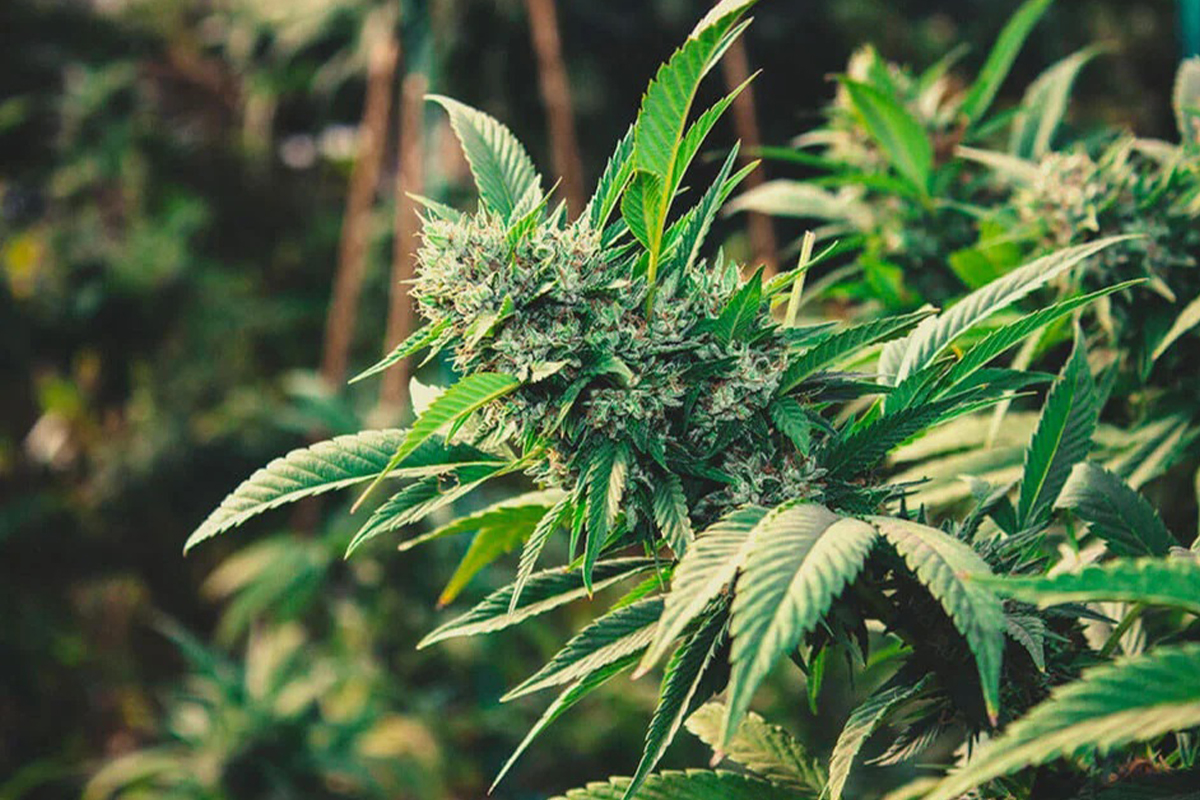In the last blog, we introduced the reasons why indoor plant diseases occur, in order to come up with a proper prevention strategy, we need to know how our enemy behaves. So, let’s meet the most common diseases in indoor plant cultivation.
Root Rot (Phytophthora, Pythium, Rhizoctonia, Fusarium)
Root rot is the most common outcome of overwatering and poor soil drainage. When the soil is waterlogged, the plant’s roots suffocate due to the lack of oxygen and start to rot. Heavy, rich, densely packed garden soil with poor drainage is especially prone to this issue. However, root rot can also be a result of a fungal infection. More often than not, this disease is caused by the combined effects of both waterlogging and pathogenic fungi. The four main fungal genera that cause root rot are Phytophthora, Pythium, Rhizoctonia, and Fusarium. All of them cause similar symptoms and are difficult to differentiate solely based on a visual inspection.
The main problem with root rot is that it is very hard to notice on time. The first visible symptoms usually appear when the root is already well damaged. This disease is hard to treat and can have a fatal outcome, which is why proper prevention should be the first line of defense. Fungal spores that cause root rot easily spread by water, so hydroponic systems are especially vulnerable.
Symptoms
- Stunted growth for no apparent reason
- Leaves and stems turning yellow or brown
- Wilting
- Discoloration of the stem
- Branch dieback
Typically, older growth displays symptoms first. However, as the disease progresses the whole plant becomes wilted and dry. The biggest problem with root rot is that it’s very unpredictable. Sometimes a single overwatering can trigger the infection, while sometimes it takes prolonged waterlogging for spores to germinate and attack. The easiest way to know whether your plants are suffering from root rot is to take a spade and remove a portion of the soil to expose the roots. If they have turned brown or black and became soft and squishy, your plant is probably suffering from root rot.
Stem Rot (Sclerotinia)
Stem rot is caused by Sclerotinia sclerotiorum, a pathogenic fungus that can infect many annual species of vegetables, field crops, succulents, and ornamental plants. Sometimes it can even infect young woody plants. S. sclerotiorum is a problem in both outdoor and indoor growing environments. It can infect the plant in any phase of growth, and cause the rotting of stored crops. Considering its wide array of hosts, high pathogenicity, destructiveness, and persistence, it is safe to say that S. sclerotiorum is among the most economically damaging pathogenic fungi in agriculture.
Sometimes S. sclerotiorum is referred to as white mold due to its white, cottony mycelium that is usually seen at the base of the stem in humid conditions. If you take an infected stem and cut it open, you will notice that the insides have become pithy, spongy and dry. You may also find tiny black specks in the white mycelium. These are called sclerotia, and they are compact masses of hardened mycelium that are packed with nutrients, ready to withstand harsh conditions. Sclerotia can lay dormant in the soil for years, and start to germinate once the conditions are favorable – increased humidity and cool temperatures.
Sclerotinia root rot (SSR) is often very hard to detect early, as the symptoms can take a while to manifest. When you see visible signs of SSR, it is highly likely that the plant has been battling with the infection for some time already.
Symptoms
- Watery lesions on leaves and stem base
- Leaf discoloration
- Bleached stems
- White mycelia on the base of the stem
- Wilted, curled leaves
As mentioned earlier, this pathogenic fungus can also attack stored crops, especially fleshy ones like cucumbers, carrots, leafy greens, eggplants, and squash. The initial sign of infection are watery lesions on fruits. They become larger and darker as the disease progresses, and the entire fruit can become mushy and rotten. White, cottony mycelium covers the spots, and if the conditions were suitable for their production, you may also notice tiny black sclerotia.
The rest diseases will be introduced in the next blog, you’re always welcome to contact our Aokairuisi team for any question!


